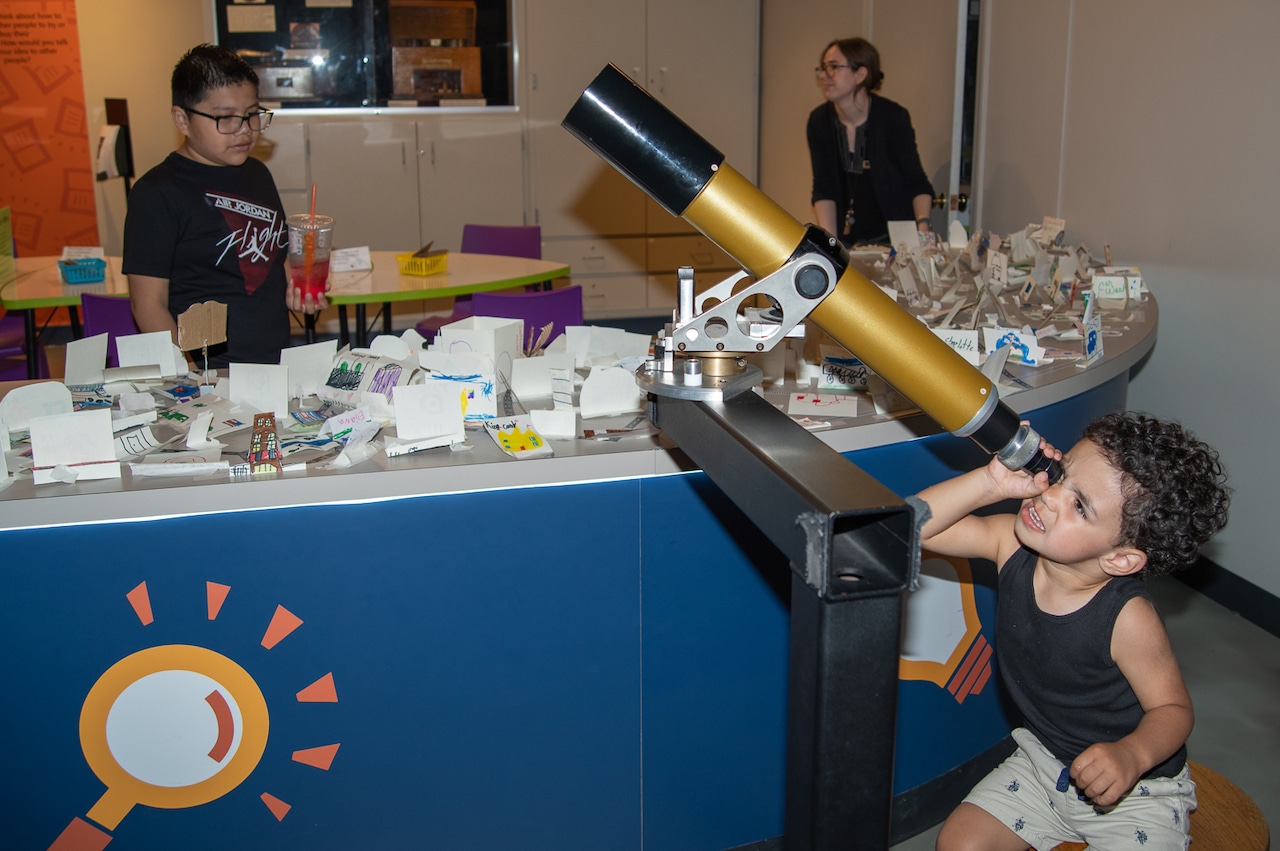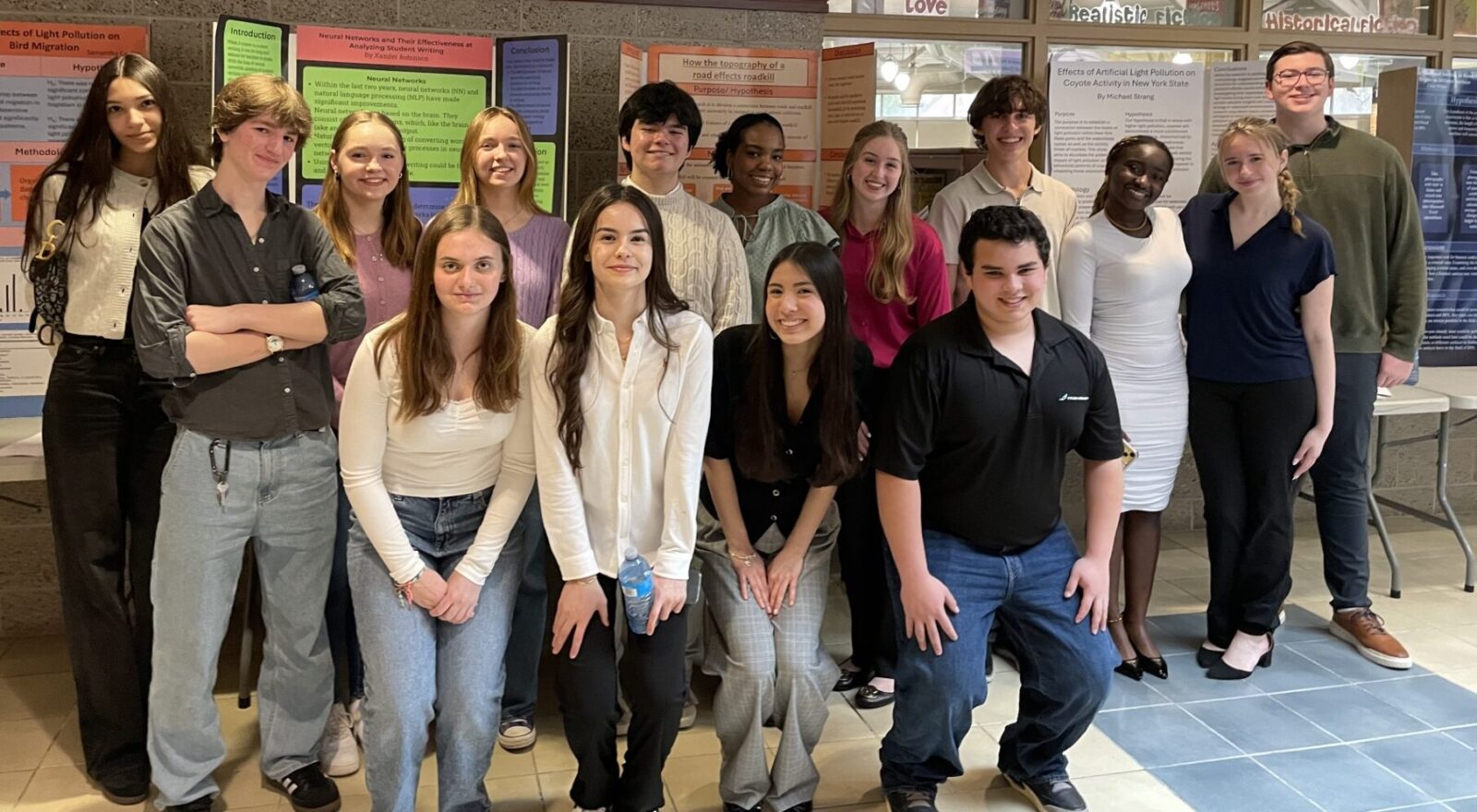Facile synthesis of N/B-double-doped Mn(2)O(3) and WO(3) nanoparticles for dye degradation under visible light.
Autor: Shah, Jafar Hussain; Fiaz, Mohammad; Athar, Muhammad; Ali, Jafar; Rubab, Mahnoor; Mehmood, Rashid; Jamil, Syed Umair Ullah; Djellabi, Ridha
Publication year: 2020
Environmental technology
issn:1479-487X 0959-3330
doi: 10.1080/09593330.2019.1567604
Abstract:
In the present work, nitrogen-doped and nitrogen-boron-double-doped manganese oxide (Mn(2)O(3)) and tungsten oxide (WO(3)) nanoparticles were synthesized using precipitation-hydrothermal method for methylene blue degradation under visible light. Materials were characterized using X-ray diffraction (XRD) analysis, Scanning electron microscopy, Energy dispersive X-ray spectroscopy and UV-vis spectroscopy. Results showed that N and B were successfully incorporated into the crystal lattices of Mn(2)O(3) and WO(3). XRD showed that WO(3) was crystallized in the form of a monoclinic lattice, while cubic Mn(2)O(3) was produced in the cubic form. The crystallite size was found to be decreased due to the substitution of N and B elements which reveals their roles to accelerate the crystal nucleation rate resulting in the decreased size. On the other hand, single and double doping has successfully narrowed the band gaps of the as-synthesised metal oxide photocatalysts resulting in better absorption in the visible light. Band gaps obtained were as follows: 3.02, 2.50, 1.73 and 1.77 eV for N-WO(3) N/B-WO(3), N-Mn(2)O(3) and N/B-Mn(2)O(3) respectively. Photocatalytic experiments showed that all as-synthesised materials exhibited a photocatalytic efficiency under visible light ≥420 nm. The degradation efficiency of methylene blue (MB) was in the following order: N-B-co-doped metal oxides > N-doped metal oxides > metal oxides. The presence of scavenger molecules such as isopropanol, EDTA-2Na and benzoquinone inhibited MB degradation. Finally, the results showed that these materials can be reused several times without a notable decrease in efficiency.
Language: eng
Rights:
Pmid: 30623749
Tags: *Light; *Nanoparticles; Nitrogen; Methylene Blue; Catalysis; Double-doping; environmental remediation; metal oxides; photocatalytic degradation; visible light
Link: https://pubmed.ncbi.nlm.nih.gov/30623749/






